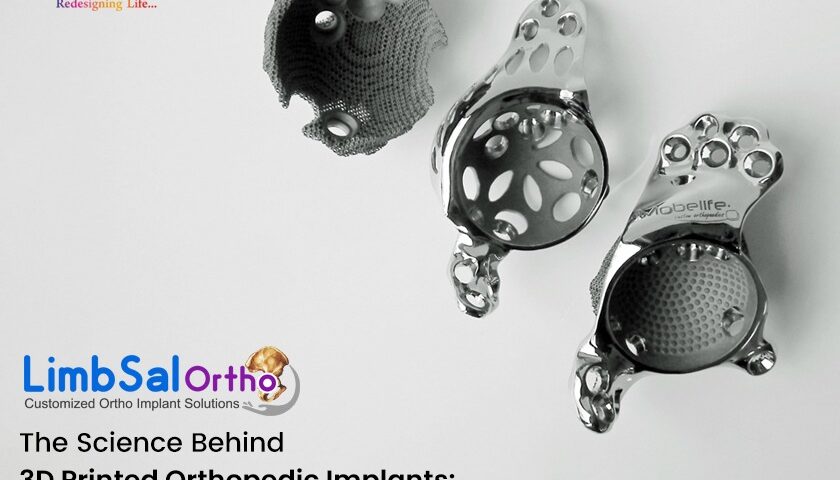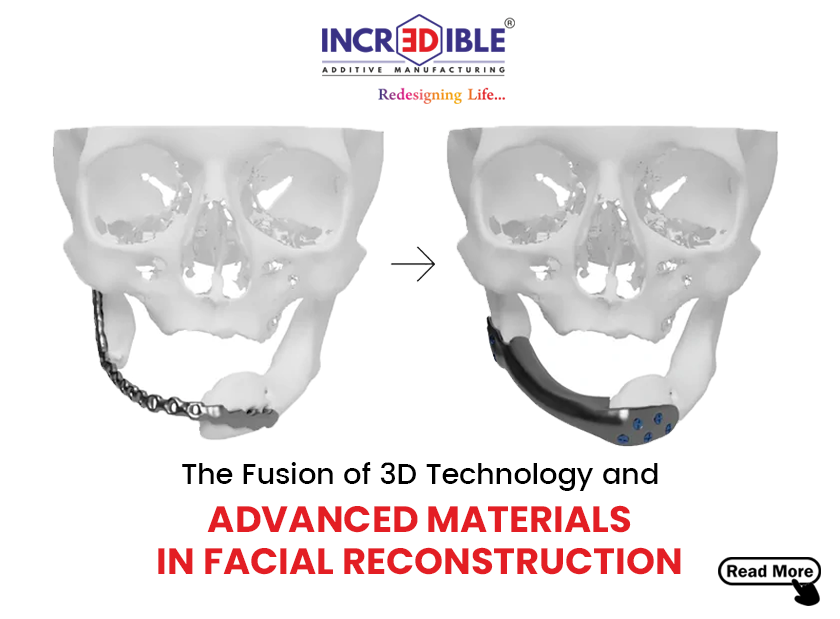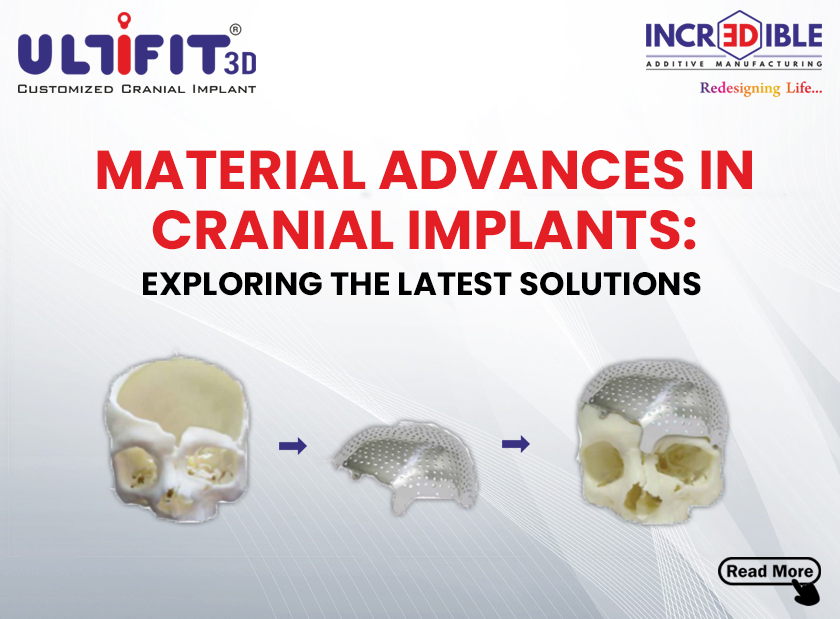Orthopedic implants for joint replacement and bone repair have come a long way. With technological advancements, 3D printing has emerged as a transformative force in orthopaedics, providing a precise approach to implant design and fabrication. This blog delves into the science of 3D-printed orthopedic implants, looking at the materials, design principles, and precision that make these implants a game changer in medical science.
Materials
The success of 3D-printed orthopedic implants is dependent on careful material selection. Due to their compatibility with the human body and ability to withstand the mechanical stresses imposed on implants, bio-compatible material i.e Titanium alloy Ti6Al4V-ELI Grade 23 & UHMWPE are used. At 3 D Incredible in Pune, these materials undergo rigorous testing to ensure they meet the necessary strength, durability, and bio-compatibility standards.
The ability to create complex lattice structures within the implant is one notable advantage of 3D printing. These structures mimic the natural architecture of bone and encourage osseointegration, a process by which the implant fuses with the surrounding bone. It improves the implant’s overall stability and longevity, reducing the risk of complications.
Design
The design of 3D-printed orthopedic implant is a complex process that combines medical expertise, engineering principles, and computer-aided design (CAD) technology. At 3D Incredible in Pune, our skilled and experienced team collaborates with surgeons to develop implants that are not only anatomically correct but also tailored to each patient’s specific needs.
Customization is a significant benefit of 3D printing in orthopaedics. Traditional implants are frequently one-size-fits-all, whereas 3D printing enables patient-specific designs. Surgeons can obtain precise measurements of the patient’s anatomy using advanced imaging techniques such as CT scans. Using this information, engineers generate a digital model.
Patient-specific implants ensure a better fit, lower complications and improve patient outcomes. Whether it’s a hip, knee, or spinal implant, 3D printing’s personalized approach improves bio-mechanical compatibility between the implant and the patient’s body.
Precision
The precision of 3D-printed orthopedic implants is unrivalled. The layer-by-layer additive manufacturing process achieves unparalleled precision in creating intricate structures and fine details. This precision is crucial to achieving a perfect fit and alignment during orthopedic surgery.
Furthermore, 3D printing allows the creation of porous structures on the surface of implants. These micro-pores promote bone in-growth, allowing the implant to integrate naturally with the surrounding bone tissue. As a result, implant & patient’s bone form a seamless connection, promoting stability and lowering the risk of implant loosening.
Conclusion
3D-printed orthopedic implants are the result of a synthesis of medical knowledge, engineering innovation, and modern technology. The use of bio-compatible materials, customized design, and precise manufacturing processes have transformed the landscape of orthopedic surgery, providing patients with personalized solutions that result in better outcomes.
Incredible AM Pvt. Ltd., a pioneer in 3D printing in India, stays updated with technological advancements to provide the best 3D-printed orthopedic implants.




